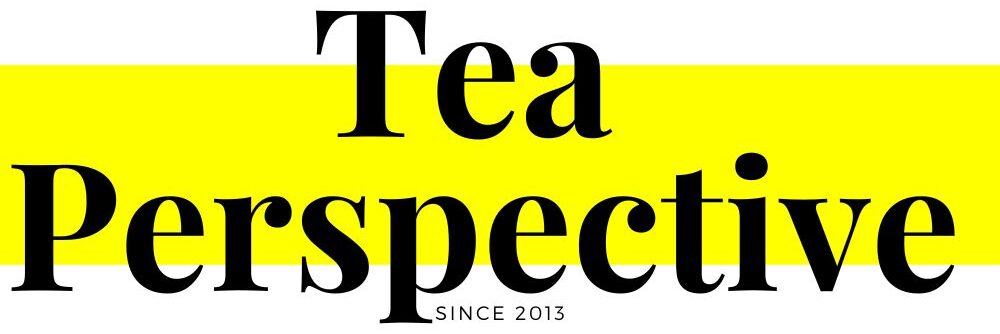Does white tea have caffeine? Yes, it does. However, white tea’s caffeine content is lower than green and black tea. White tea contains around 15 to 30 mg per 8-ounce cup. The amount of caffeine in white tea is also influenced by the preparation method.
White tea is among the most delicate types of tea. It is also lightly manufactured and processed compared to black and green teas. Because of this, many people ask, does white tea have caffeine? We go into great detail about it in this post.
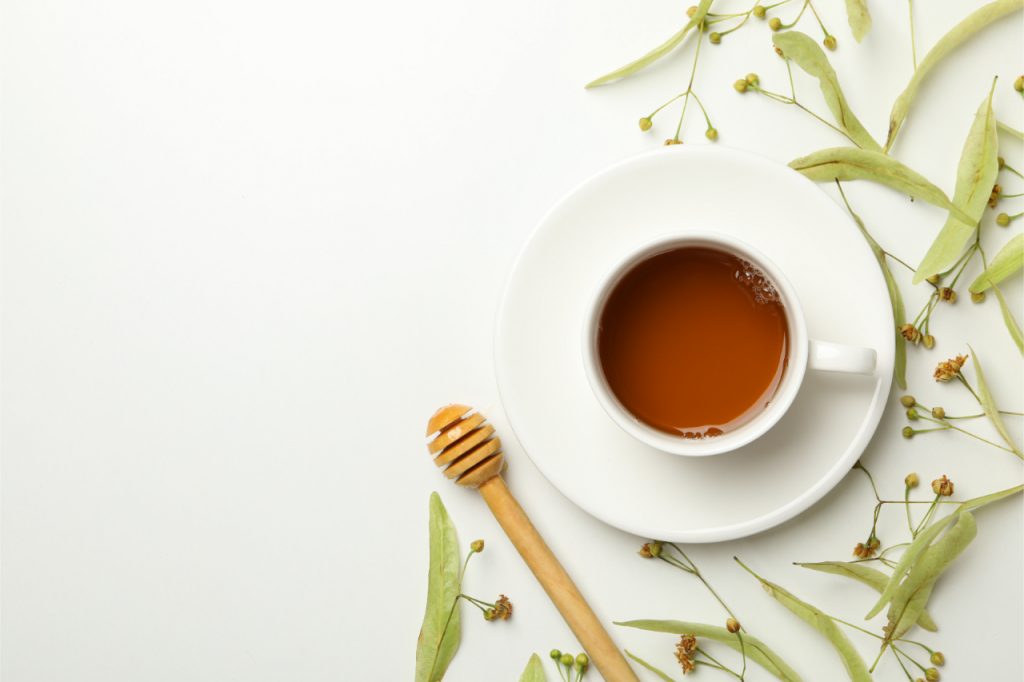
What is White Tea?
The preparation of white tea starts from the Camellia Sinensis plant’s youngest leaves. The Camellia Sinensis plant is used in the production of all traditional teas. White tea, like other teas, includes caffeine, polyphenols, L-theanine, and a variety of different tea flavors.
But, unlike other tea flavors, white tea is the kind of tea that receives the least processing. This process substantially alters the taste and caffeine content. Farmers harvest the leaves at the beginning of the season (March-April) from the tea plant’s unopened buds and freshest, youngest leaves.
China is mostly where white tea cultivates. However, several developing tea-growing nations, such as Nepal, also produce white tea for the international market.
Teas manufactured from the initial buds of a tea plant are commonly referred to as silver needle or silvertip white teas. You can notice the silver hairs on the buds of these tea leaves if you take a closer look at them. This strain’s long, thin buds tend to stretch and unroll when prepared for consumption.
Manufacturers make white tea either from fully developed tea leaves or a mixture of developed leaves and fresh buds.
Caffeine and Tea
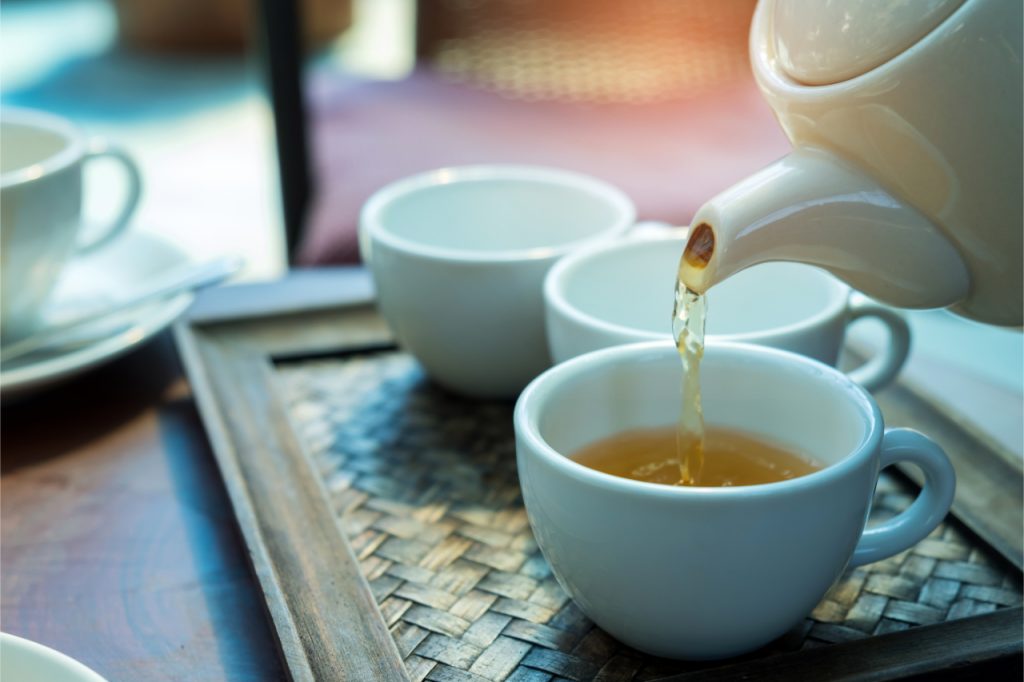
While both tea and coffee have caffeine, tea has a lower caffeine content than coffee after brewing.
Many different variables affect the caffeine levels in teas. Generally, black tea contains more caffeine than white and green tea. But, this is not always true. In essence, the caffeine level of various teas varies substantially, regardless of the kind of tea.
Here are the factors that influence the caffeine concentration in tea:
The growing process
Teas prepared from young tea leaves (such as the majority of white tea) and leaf buds have more caffeine content than fully developed leaves. Caffeine functions as a natural pesticide, and since young leaves are more susceptible to insects, they need more protection.
Certain cultivation techniques, including shading plantlets for many weeks before harvest, enhance the amount of caffeine in tea. For instance, shade-grown teas like Kabusecha, Matcha, and Gyokuro all have greater caffeine content.
Harvesting and manufacturing process
Teas produced from spring-harvested leaves, like silver tip white tea, contain more significant caffeine levels.
Moreover, roasting the leaves rather than heating them to slow or stop the oxidation cycle results in a decreased caffeine content.
Oxidation
You can mostly determine the amount of caffeine through its oxidation process. Unlike black or oolong tea, white tea is not oxidized. In general, the more oxidized the tea leaf is, the more caffeine carries out into the brewing water.
Preparation method
- Amount of leaves: You will get more caffeine out of your tea when you utilize a lot of tea leaves in the brewing process.
- Water temperature: If you make a cup of tea with hot water, you’ll get more caffeine. On the other hand, if you use cold water, you’ll get less. People often soak white tea in colder water than black teas, which are typically steeped at a higher temperature.
- Steeping time: You can increase the quantity of caffeine in tea by steeping it longer. The steeping period for black teas is often longer than for other tea varieties.
Loose leaf and tea bags
Broken tea leaves have far more caffeine than whole tea leaves. Because teabags contain broken tea leaves, the caffeine content is often greater and released faster.
Different Types of White Tea
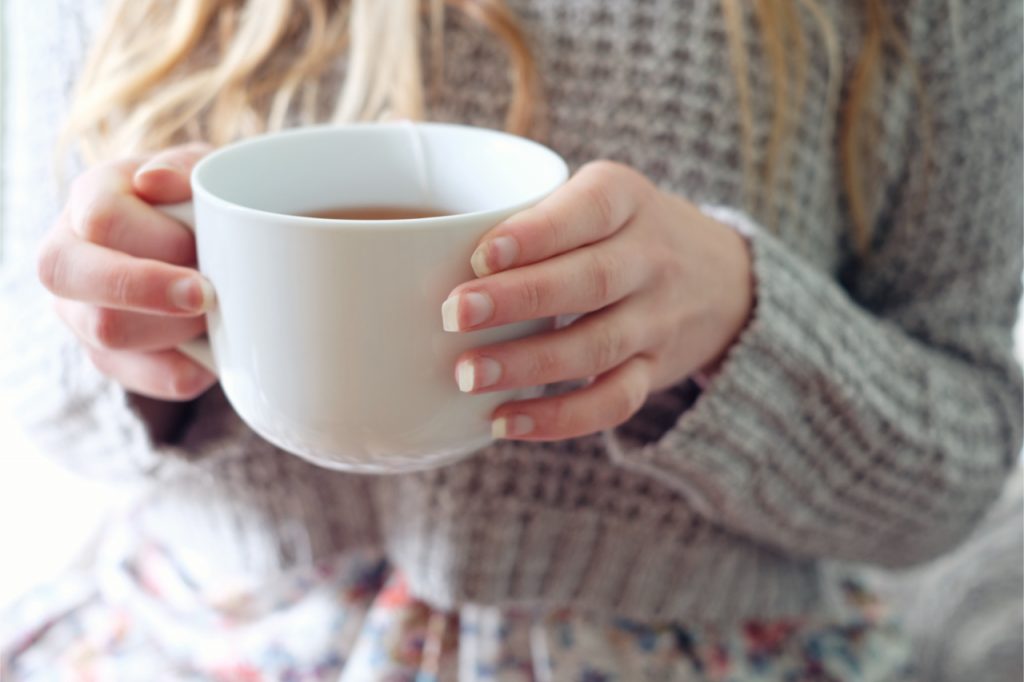
Farmers and tea manufacturers use the Camellia sinensis tea plant for various white teas. The many varieties and grades of leaves provide different tastes and caffeine levels.
Silver Needle
Authentic Silver Needle tea is one of the most costly and challenging to find. There are more than 4,000 hand-sorted leaves in a pound of this tea — that’s how many buds farmers harvest from Fujian, China. There are several health advantages of drinking silver needles since the buds of the tea contain antioxidants and other healthy substances.
White Peony
Compared to the silver needle, white peony white tea comes only from the plant’s fresh buds and tips. White peony may thus be made from a broader range of tea kinds than only those that yield an abundance of big buds.
For this reason, the white peony tea has a greener flavor, similar to the taste you get from drinking green tea. Moreover, white peony does not undergo an oxidation process.
Shou Mei
In Shou Mei, you’ll find a few buds that are still developing, as well as some leaves that are older than those utilized in White Peony. Thus, it contains less caffeine than other white tea varieties. The flavors are a little more complex, but they’re still light and airy. Compared to delicate silver needles, they’re more like green oolongs.
White Darjeeling Tea
This type of white tea is a popular alternative to conventional Chinese white teas. Darjeeling, India’s tea-growing area, is the source of this white tea. Mostly, people refer to the Darjeeling white tea as the “champagne of teas.”
White Tea Leaves vs White Tea Buds
When it comes to white tea, many people find that buds are better than leaves. White tea leaves, on the other hand, are just as wonderful. But, their tastes are just different. Shou Mei is an excellent alternative to silver needles for those who are not a fan of sweet fruity and flowery notes.
Caffeine of White Tea vs. Other Teas and Drinks
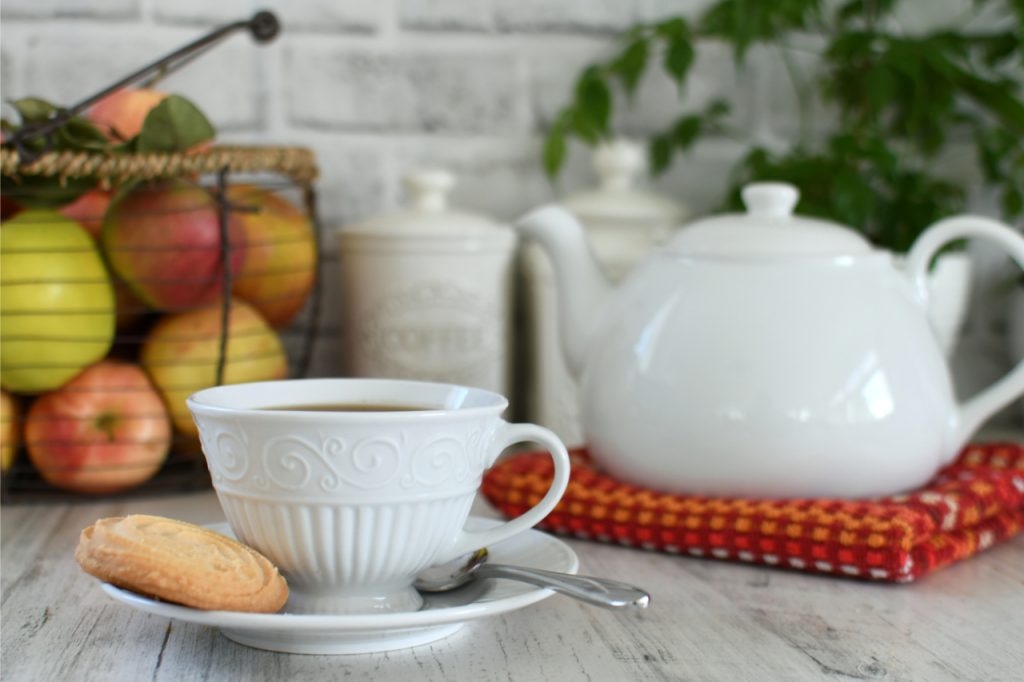
The amount of caffeine in different types of tea leaves varies & the average amount of caffeine found in an 8-ounce cup of tea are:
- Black Tea – 47 milligrams
- Oolong Tea – 37 milligrams
- Herbal Teas – 0 milligrams (caffeine-free)
- White Tea – 28 milligrams
There are other caffeinated beverages that are higher in caffeine than teas, such as coffee, cola, and energy drinks.
Coffee has a significant advantage in terms of caffeine levels, with an 8oz serving holding nearly twice as much as a cup of tea. Unlike coffee, white tea’s caffeine has a mellower and more gradual impact on the body.
How To Prepare White Tea
Ideally, you should brew white tea at lower temperatures to preserve its delicate flavor and fragrance.
Use water that hasn’t been boiled yet. The water should boil fast, so keep an eye on it to prevent it from becoming too hot. Ideally, the perfect temperature is 175-180 degrees, try not to go any hotter.
You only need to steep white tea for five minutes or less if you want that flowery flavor. There are a number of white teas that may turn bitter if brewed for a lengthy period of time or simply if the heat is excessively hot.
How much tea you need for a cup is determined by the kind of tea you use. With big and compacted buds, one teaspoon of tea leaves will be plenty for an eight-ounce cup. If the tea leaves are open and lightweight, a tablespoon of leaves is sufficient for one cup of tea.
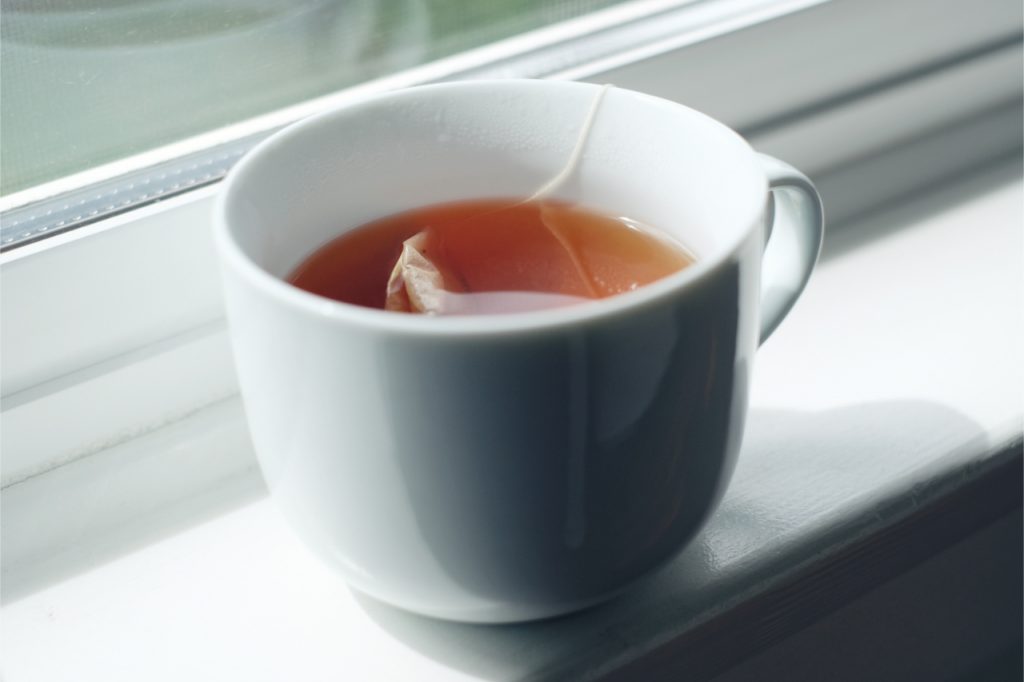
Health Benefits of Drinking White Tea
Skin Health
Acne, blemishes, and discoloration are common problems for people. As annoying as many of these skin issues are, they aren’t life-threatening. But, white tea’s antibacterial and antioxidant qualities could help you reach a more even complexion.
White tea, according to a 2005 research by Pastore Formulations, may help alleviate skin disorders such as rosacea and psoriasis. In part, this might be attributed to white tea’s epigallocatechin gallate, which aids in the regeneration of epidermal cells.
It includes phenols, which strengthen collagen and elastin, resulting in a more youthful-looking complexion. Anti-wrinkle and anti-wrinkle treatments include these two proteins, which are essential for maintaining healthy skin.
Helps In Losing Weight
White tea shares some of the same fat-burning characteristics as green tea. White tea isn’t widely known, thus people choose to favor green tea instead. Taking white tea helps break down excess body fat and prevent it from developing again. Additionally, it aids in boosting your body’s metabolic rate by around 4-5 percent.
Final Thoughts
There are many different types of white tea. Therefore, the quantity of caffeine in your cup will depend on the kind of tea you’re drinking, the processing method, and your preparation method.
I find white tea soothing and enjoyable to drink and feel great from drinking it, I hope you do too!
Frequently Asked Questions
Can white tea make you feel sleepy?
It’s true that drinking a lot of white tea might make you feel drowsy within an hour. White tea has little quantity of caffeine, so it may make you sleepy if you can’t tolerate caffeine at all.
What are the benefits of silver needle white tea?
Silver needle tea contains a high concentration of antioxidants to help with skin aging. In addition, it helps to control blood pressure and cholesterol.
Does white tea have antiviral properties?
Scientists discovered that white tea concentrate denatures viruses and reduces the development of germs that cause bacterial diseases, cavities, and asthma.
